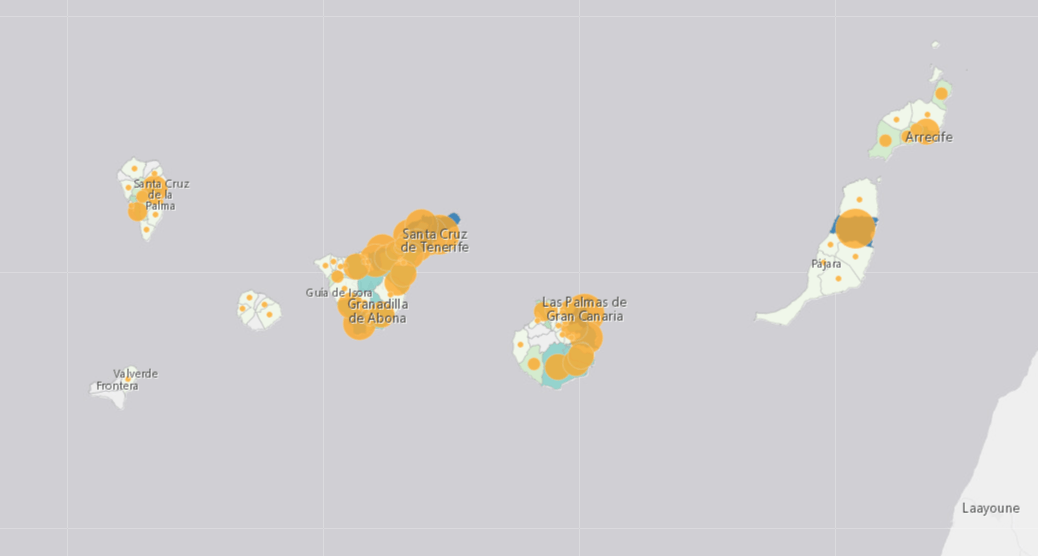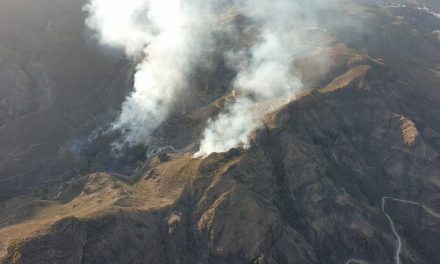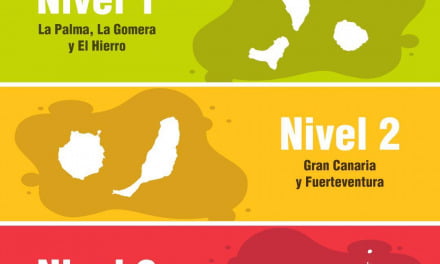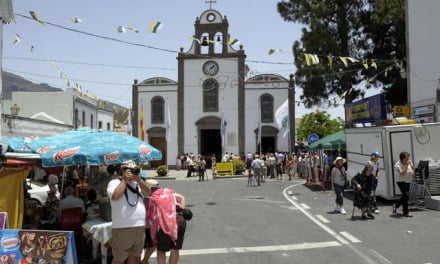 The Canary Islands continues to carry out, on average, of more than 1000 tests a day, having so far carried out more than 192,000 tests, and have gone for almost 2 whole months without any new deaths attributed to Covid-19, but this weekend added two more fatalities, last Saturday, to bring the total to 164 dead since the pandemic first arrived on the islands, on January 30th. The total infections detected over that time has now nearly reached 3,000 (2,959 as of Monday afternoon) and so the archipelago remains as one of the least affected Spanish populations, in terms of infection rates, with some of the lowest coronavirus numbers in all Europe.
The Canary Islands continues to carry out, on average, of more than 1000 tests a day, having so far carried out more than 192,000 tests, and have gone for almost 2 whole months without any new deaths attributed to Covid-19, but this weekend added two more fatalities, last Saturday, to bring the total to 164 dead since the pandemic first arrived on the islands, on January 30th. The total infections detected over that time has now nearly reached 3,000 (2,959 as of Monday afternoon) and so the archipelago remains as one of the least affected Spanish populations, in terms of infection rates, with some of the lowest coronavirus numbers in all Europe.
However there has been a noticeable, if comparably small, increase of detected cases in recent days with the islands registering 47 new positive cases of coronavirus over the last 24 hours, according to data from the Canary Islands Government Ministry of Health published this Monday, more than half of which -30- have been detected on the island of Gran Canaria.
In total, 421 people across the region are known to be suffering from the disease, with current active cases having increased by 45, allowing for the two recovered patients medically discharged. 25 remain under observation in hospital, one of them in an Intensive Care Unit (ICU). 396 people continue to recover while confined to their homes or accommodation provided.
 Gran Canaria has in the last week, for the first time, overtaken Tenerife in having the most serious epidemiological situation, with 221 active cases, increased by 28 since Sunday and Tenerife now has 135 active cases, which is 23 more than Sunday.
Gran Canaria has in the last week, for the first time, overtaken Tenerife in having the most serious epidemiological situation, with 221 active cases, increased by 28 since Sunday and Tenerife now has 135 active cases, which is 23 more than Sunday.Fuerteventura has currently seven people with coronavirus, while on Lanzarote there are 20, five more than on Sunday. La Gomera and La Palma, have just one active case each.
Las Palmas de Gran Canaria is currently the Canarian municipality with most detected cases being treated, with 162 active at the moment, while La Laguna, is in second place with just 47 active positives.













